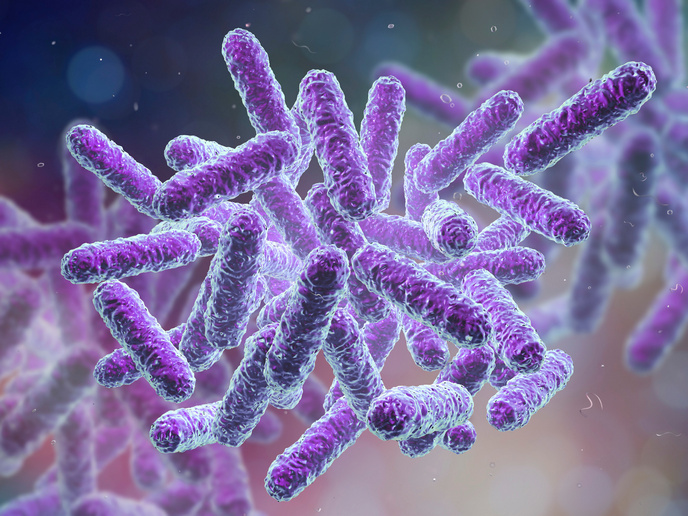Mapping complex molecular structures
Nuclear magnetic resonance (NMR) crystallography is a relatively new scientific technique that can be used to analyse the structure of complex molecules. This includes the building blocks of DNA and proteins (nucleic acid bases and amino acids, respectively), where an understanding of structure is key to understanding biological function. The EU-funded 'Efficient NMR crystallography of nucleic acid systems' (DNAMET) project was established to develop new NMR crystallography protocols and methods for studying these kinds of molecules. Specifically, researchers were tasked with advancing methods to study the position of hydrogen atoms in crystals derived from these molecules. In doing so, they successfully characterised the structure of a number of crystalline samples. The data obtained demonstrated that the motion of molecules within a crystal must be taken into account when determining their structure. Another area of the project focused on characterising the role of water molecules around phosphate units and metal ions. This is important partly because the structure and function of RNA and DNA depend on associated metal ions. The DNAMET project has provided valuable insights into the dynamics of key biological molecules, which would not have been possible using conventional techniques. It has also generated research methods and scientific literature that will be of great interest to fellow biologists in this field.







